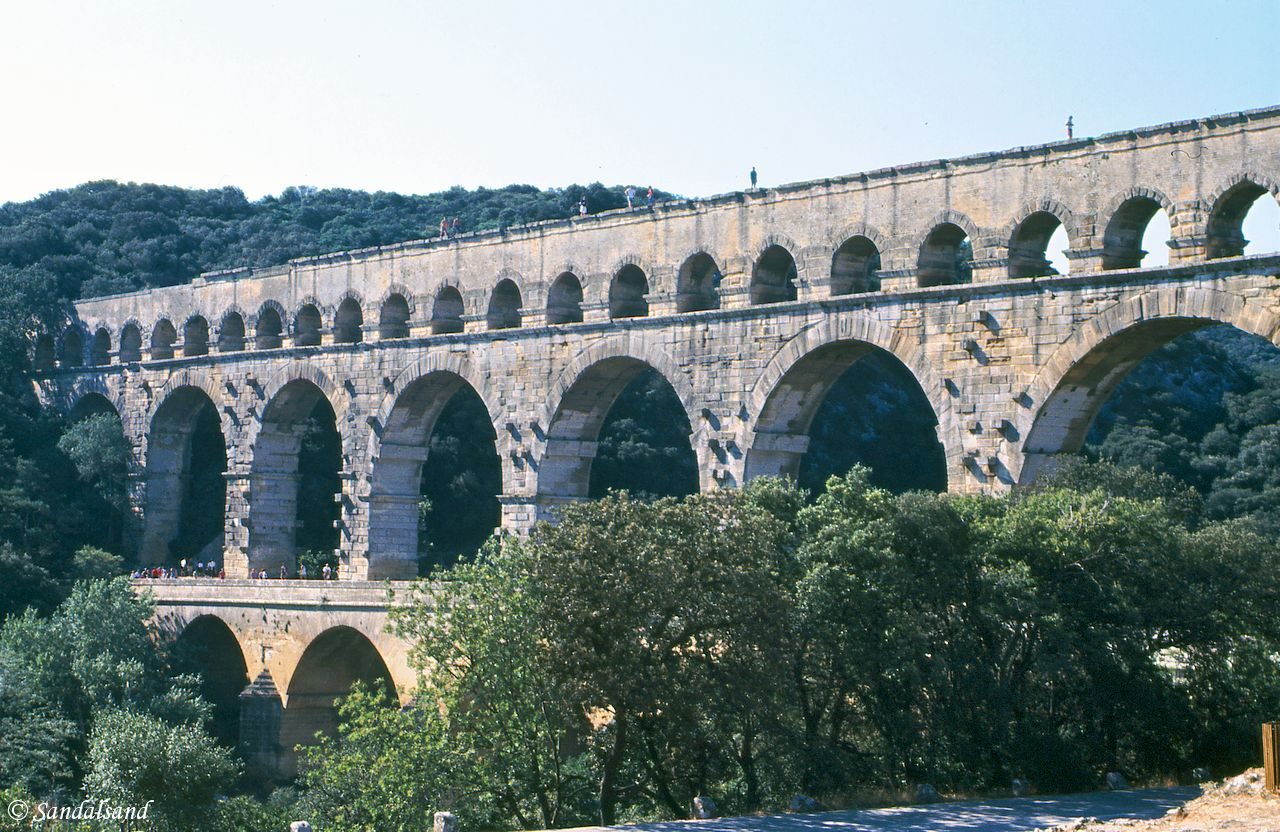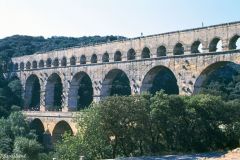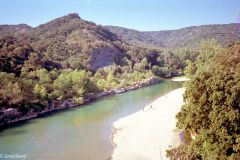There are many Roman aqueducts to be found throughout Europe, but few as impressive as Pont du Gard.
The UNESCO World Heritage List includes more than a thousand properties with outstanding universal value. They are all part of the world’s cultural and natural heritage.
Official facts
- Full name of site: Pont du Gard (Roman Aqueduct)
- Country: France
- Date of Inscription: 2001
- Category: Cultural site
UNESCO’s World Heritage Centre’s short description of site no. 344:
“The Pont du Gard was built shortly before the Christian era to allow the aqueduct of Nîmes (which is almost 50 km long) to cross the Gard river. The Roman architects and hydraulic engineers who designed this bridge, which stands almost 50 m high and is on three levels – the longest measuring 275 m – created a technical as well as an artistic masterpiece.”
My visit
According to Wikipedia, the Pont du Gard is an ancient Roman aqueduct bridge built in the first century AD to carry water over 50 km to the Roman colony of Nemausus (Nîmes). It crosses the river Gardon near the town of Vers-Pont-du-Gard in southern France. This is the highest of all Roman aqueduct bridges, as well as one of the best preserved.
After seeing this heritage site a couple of times (1991 and 2000) I still feel impressed by the accomplishment of those Roman engineers almost 2000 years ago. On my first visit we walked on top of it, the second time it was closed. Afterwards we had a swim in the river, refreshing in the heat, and with a lovely view to the aqueduct high up.







